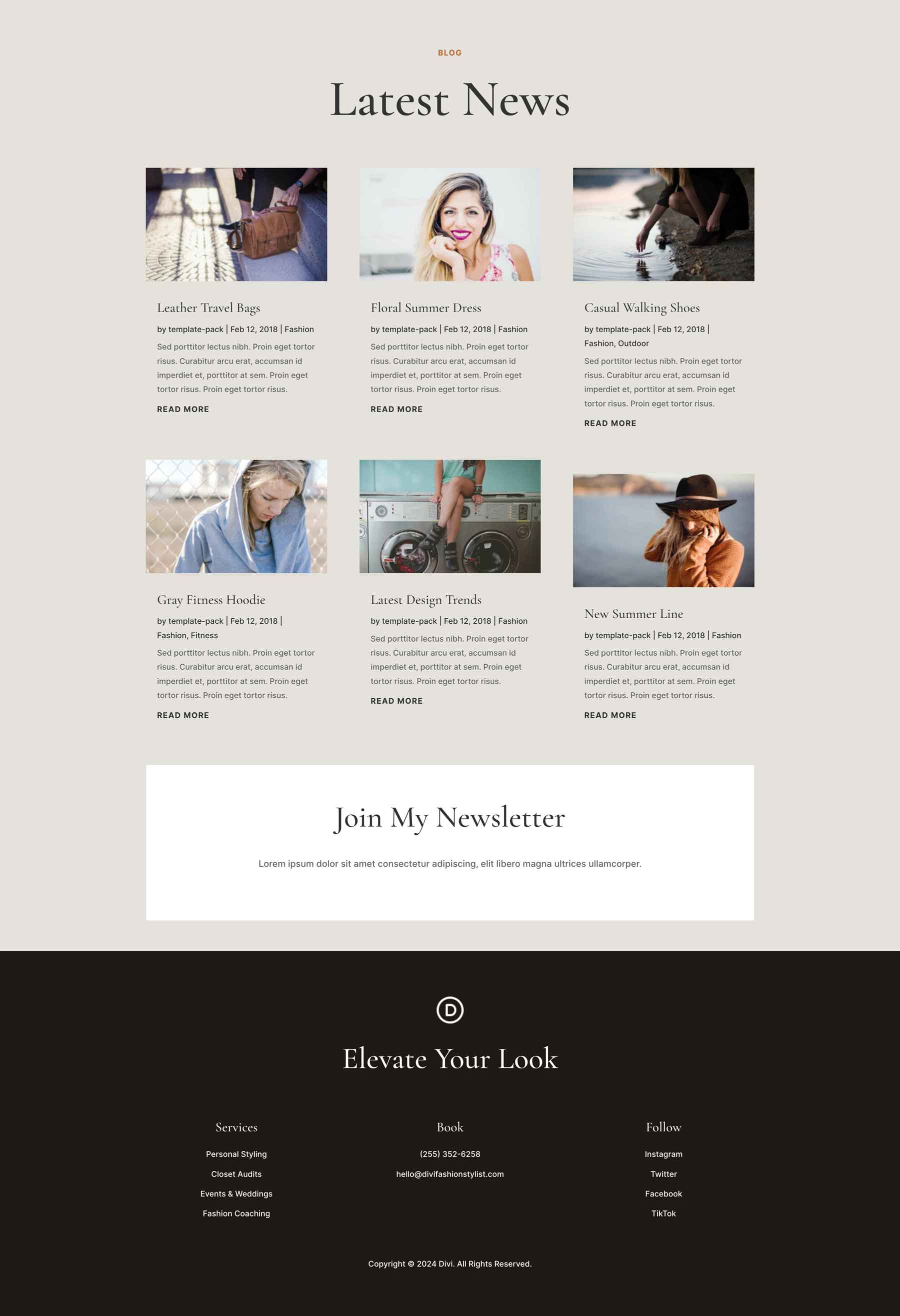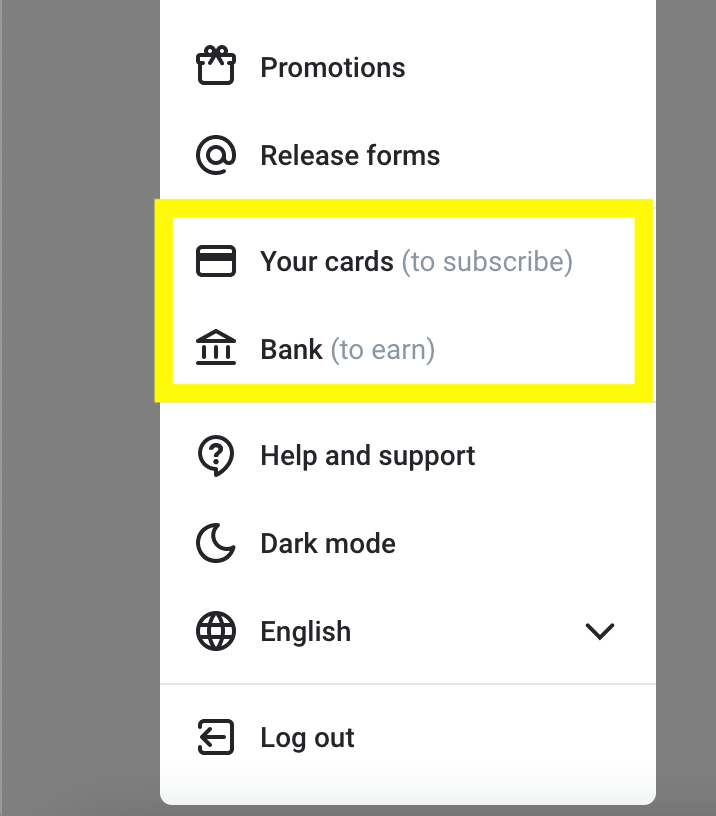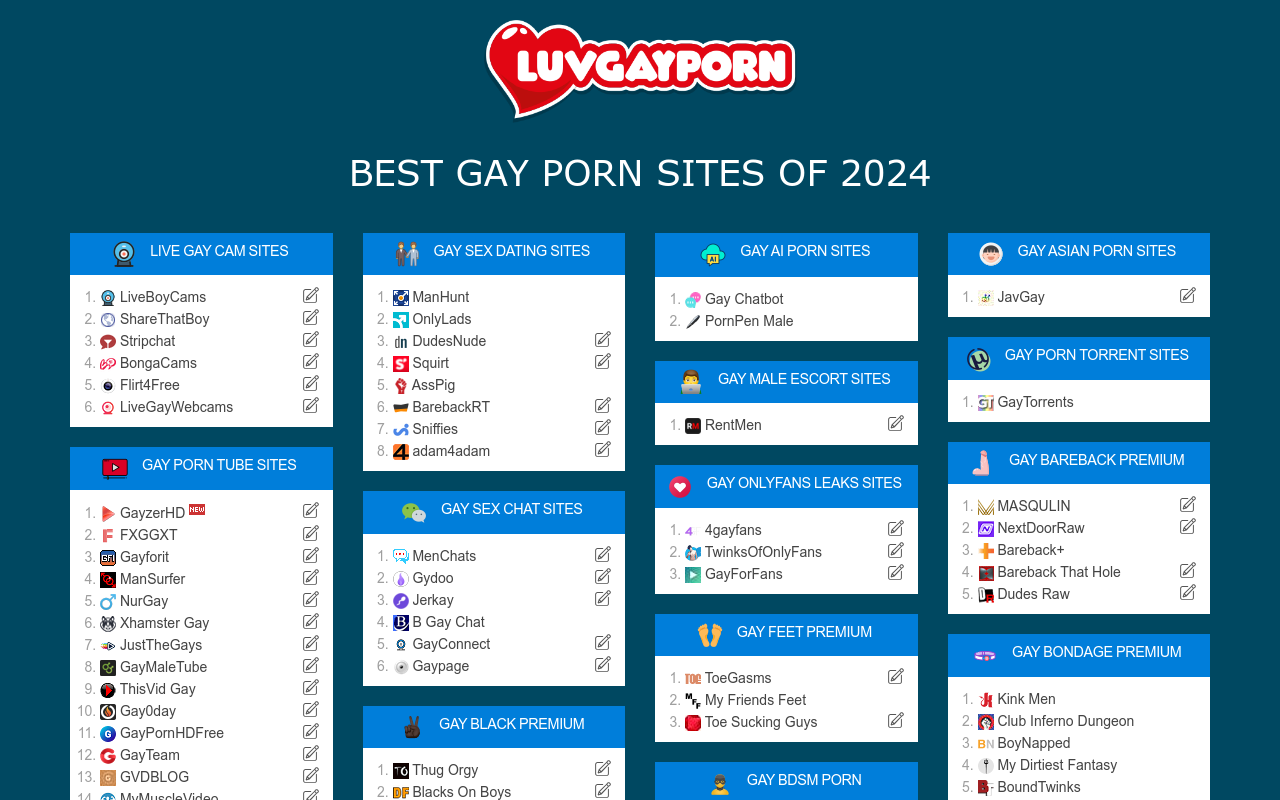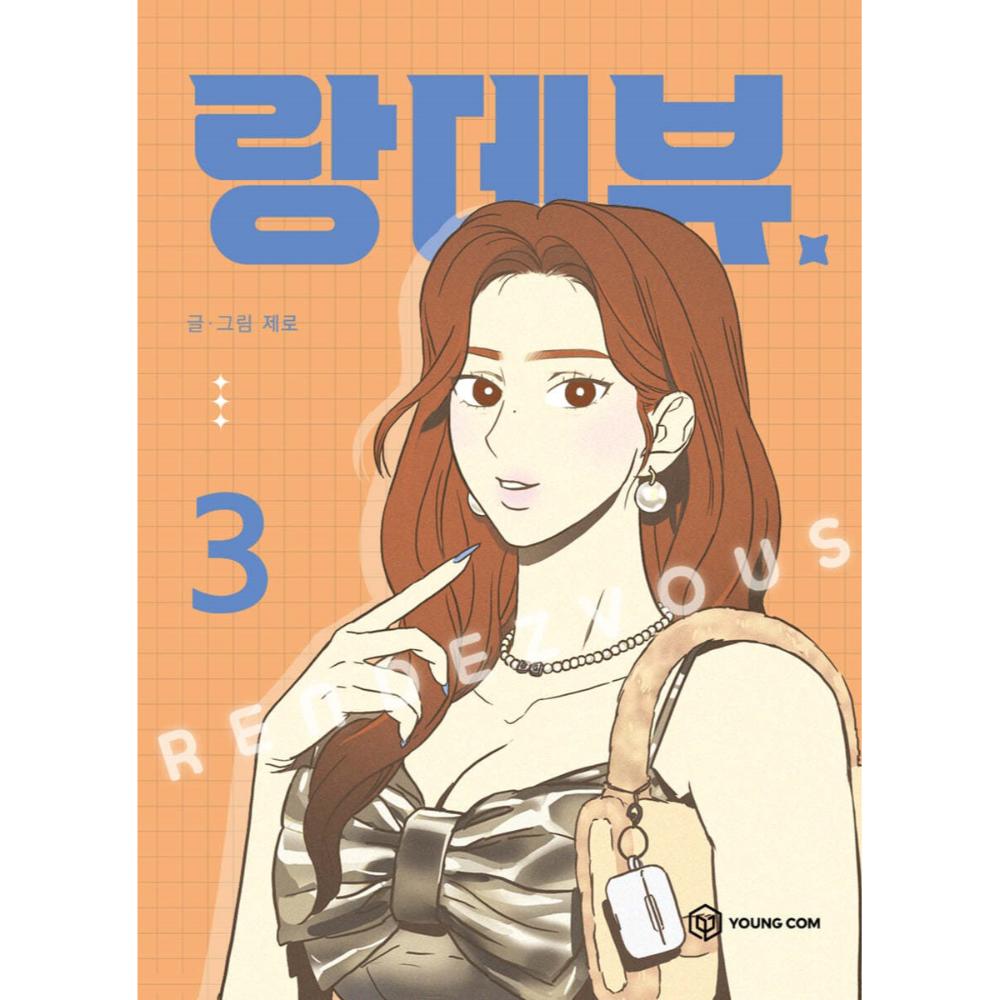The Ultimate Guide to Twitter Picture Sizes

In the vast realm of social media, Twitter stands out as a powerhouse for sharing thoughts, ideas, and, of course, captivating visuals. With its unique character limit and fast-paced nature, Twitter has become a master at capturing attention and sparking conversations. But amidst the tweets, retweets, and likes, the importance of visual content often takes center stage. That's where Twitter picture sizes come into play, offering a crucial aspect of optimizing your visual presence on this dynamic platform.
The Significance of Visuals on Twitter

Twitter, with its vast user base and real-time engagement, is a bustling marketplace of ideas and trends. Here, visual content is a powerful tool to capture attention, convey messages, and foster engagement. From brand logos to captivating graphics, images play a pivotal role in cutting through the noise and resonating with audiences.
Moreover, Twitter’s algorithm prioritizes visually appealing content, often boosting the visibility of tweets with high-quality images. This makes optimizing your Twitter picture sizes an essential strategy to enhance your online presence and maximize engagement.
Understanding Twitter Picture Sizes

When it comes to Twitter, understanding the recommended picture sizes is crucial for ensuring your visual content looks its best and performs optimally. Here’s a comprehensive breakdown of the various picture sizes for different use cases on Twitter.
Profile Picture
The profile picture is your brand’s or your personal identity on Twitter. It’s the first thing users see when they interact with your profile, so making a great first impression is crucial. Here are the recommended sizes for profile pictures on Twitter:
| Picture Type | Recommended Size |
|---|---|
| Profile Picture | 400 x 400 pixels (minimum)
Suggested: 1200 x 1200 pixels for high-resolution |

Twitter automatically crops profile pictures into a circular shape, so ensure your key visuals are within the center of the image. Using a larger size allows for better quality when Twitter resizes it for different layouts.
Header Photo
The header photo is a great opportunity to showcase your brand’s identity, products, or creative flair. It’s the large banner-style image that sits at the top of your Twitter profile. Here are the recommended sizes for header photos:
| Picture Type | Recommended Size |
|---|---|
| Header Photo | 1500 x 500 pixels (minimum)
Suggested: 1500 x 1500 pixels for square designs |
Twitter displays header photos differently on desktop and mobile, so it’s important to ensure your design works well in both layouts. A good practice is to place important visuals in the center to avoid cropping issues.
Tweet Images
Tweet images are the heart of visual content on Twitter. They can be used to enhance your tweets, showcase products, share infographics, or simply add a touch of creativity. Here are the recommended sizes for tweet images:
| Picture Type | Recommended Size |
|---|---|
| Tweet Images | 1024 x 512 pixels (minimum)
Suggested: 1200 x 675 pixels for high-quality visuals |
Twitter optimizes tweet images for different devices and layouts, so using a larger size ensures your images look sharp and clear across all platforms.
Promoted Tweets and Ads
If you’re running promoted tweets or ads on Twitter, it’s crucial to optimize your visuals for maximum impact. Here are the recommended sizes for these types of images:
| Picture Type | Recommended Size |
|---|---|
| Promoted Tweets and Ads | 1500 x 500 pixels (minimum)
Suggested: 1200 x 675 pixels for mobile-optimized designs |
Twitter’s ad platform provides specific guidelines and templates for creating effective ads. It’s essential to follow these guidelines to ensure your ads are eye-catching and perform well.
Video Thumbnails
When uploading videos to Twitter, a static image serves as the video thumbnail. This image plays a crucial role in enticing users to click and watch your video. Here are the recommended sizes for video thumbnails:
| Picture Type | Recommended Size |
|---|---|
| Video Thumbnails | 1280 x 720 pixels (minimum)
Suggested: 1920 x 1080 pixels for high-definition videos |
A visually appealing video thumbnail can significantly increase the click-through rate for your videos. Consider using a compelling image that represents the content of your video.
GIFs and Animated Content
Twitter supports GIFs and other animated content, which can be a fun way to engage your audience. Here are the recommended sizes for these types of visuals:
| Picture Type | Recommended Size |
|---|---|
| GIFs and Animated Content | 512 x 288 pixels (minimum)
Suggested: 1024 x 576 pixels for high-impact animations |
Keep in mind that Twitter may compress GIFs to optimize loading times, so using a larger size can help maintain the quality of your animations.
Choosing the Right File Format
In addition to the right picture sizes, choosing the appropriate file format is crucial for optimal visual performance on Twitter. Here’s a quick guide to the recommended file formats:
- Profile Picture and Header Photo: JPEG or PNG formats are ideal for these images, as they support transparency and offer good quality at smaller file sizes.
- Tweet Images and Ads: JPEG or PNG formats are recommended for their balance between quality and file size. Consider using the Progressive JPEG format for smoother loading on slower connections.
- Video Thumbnails: JPEG or PNG formats are suitable for video thumbnails. Ensure the image has a high enough resolution to look sharp when scaled.
- GIFs and Animated Content: GIF format is the standard for animated images on Twitter. However, if you have a large GIF, consider compressing it to reduce file size without sacrificing quality.
Optimizing Your Twitter Visual Strategy
Now that we’ve covered the recommended picture sizes for various use cases on Twitter, let’s delve into some practical tips and strategies to optimize your visual presence on this dynamic platform.
Consistently Branded Visuals
Consistency is key when it comes to branding. Ensure that your Twitter profile picture, header photo, and tweet images all align with your brand’s visual identity. Use your brand’s colors, typography, and logo to create a cohesive and recognizable online presence.
Engaging and Relevant Content
The content of your images and videos should be engaging and relevant to your audience. Consider the interests and pain points of your target audience and create visuals that resonate with them. Whether it’s an informative infographic, a product showcase, or a fun meme, make sure your visual content adds value and sparks conversations.
Use High-Quality Images
Investing in high-quality images is essential for creating a professional and credible online presence. Use high-resolution images that are crisp and clear, especially for profile pictures and header photos. This ensures your visuals look sharp and attractive across all devices and screen sizes.
Optimize for Different Devices
Twitter users access the platform from a variety of devices, including desktops, laptops, tablets, and smartphones. Optimize your visuals for different screen sizes and resolutions to ensure a seamless user experience. Use responsive design principles to create images that adapt and look great on all devices.
Utilize Twitter’s Image Editing Tools
Twitter provides some basic image editing tools that can help you enhance your visuals. These tools include cropping, resizing, and adding text or overlays. While these tools are not as advanced as dedicated photo editing software, they can be handy for quick adjustments and optimizations.
Experiment with Different Formats
Twitter supports various visual formats, including images, videos, GIFs, and animated content. Experiment with different formats to see what resonates best with your audience. Sometimes, a simple static image can perform better than a complex animation or video. Test and analyze your visual content to understand what works best for your specific audience and industry.
Leverage Twitter’s Analytics
Twitter provides valuable analytics data that can help you understand the performance of your visual content. Analyze metrics such as engagement rate, click-through rate, and reach to gain insights into what types of visuals perform well. Use this data to inform your future visual strategies and optimize your content for maximum impact.
Collaborate with Influencers and Creators
Collaborating with influencers and content creators can help amplify your visual content on Twitter. Partnering with individuals who have a strong following and engage with your target audience can boost the reach and engagement of your visuals. Consider co-creating content or running sponsored campaigns to leverage the power of influencer marketing.
Keep Up with Twitter’s Updates
Twitter frequently updates its platform with new features and improvements. Stay updated with these changes, as they can impact the way your visuals are displayed and interacted with. Follow Twitter’s official blog and news sources to stay informed about any changes that may affect your visual strategy.
Engage with Your Audience
Twitter is a two-way street. Engage with your audience by responding to comments, retweets, and mentions. Encourage user-generated content by running contests or asking for feedback. Building a community around your Twitter account not only enhances your brand’s reputation but also provides a steady stream of visual content generated by your audience.
Future of Visuals on Twitter
As Twitter continues to evolve and innovate, the role of visuals is only set to become more prominent. With the increasing emphasis on visual content, Twitter is likely to introduce new features and enhancements to optimize the visual experience for both creators and users.
Enhanced Visual Discovery
Twitter may introduce more sophisticated algorithms and search features to improve visual discovery. This could include advanced image recognition technologies, allowing users to search for specific objects, colors, or themes within images. Such advancements would make it easier for users to find and engage with relevant visual content.
Interactive Visual Experiences
Twitter is already experimenting with interactive visuals, such as 360-degree photos and videos. In the future, we can expect more immersive and interactive visual experiences on the platform. This could include augmented reality (AR) and virtual reality (VR) integrations, allowing users to explore and interact with visual content in new and exciting ways.
Visual Storytelling
Twitter has already introduced features like Threads and Fleets to encourage storytelling. In the future, we can expect more focus on visual storytelling. This could involve dedicated tools for creating and sharing visual narratives, allowing users to craft compelling visual journeys that engage and captivate their audiences.
Improved Video Capabilities
Twitter is likely to continue enhancing its video capabilities, making it easier for users to create and share high-quality videos. This could include improved video editing tools, better video compression algorithms, and expanded video formats. With these improvements, Twitter can compete more effectively with other video-centric platforms and offer a richer visual experience.
Visual AI Integration
Artificial intelligence (AI) is already being used on Twitter for various purposes, such as content moderation and targeted advertising. In the future, we can expect AI to play a bigger role in visual content. This could involve AI-powered image recognition and analysis, automated visual content creation, and personalized visual recommendations based on user preferences and behavior.
Embracing Web3 and the Metaverse
As Web3 and the metaverse gain traction, Twitter is likely to explore ways to integrate these technologies into its platform. This could involve creating immersive Twitter spaces within virtual worlds, allowing users to interact and engage with visual content in new and innovative ways. Twitter may also experiment with blockchain-based authentication and monetization models for visual content.
Conclusion
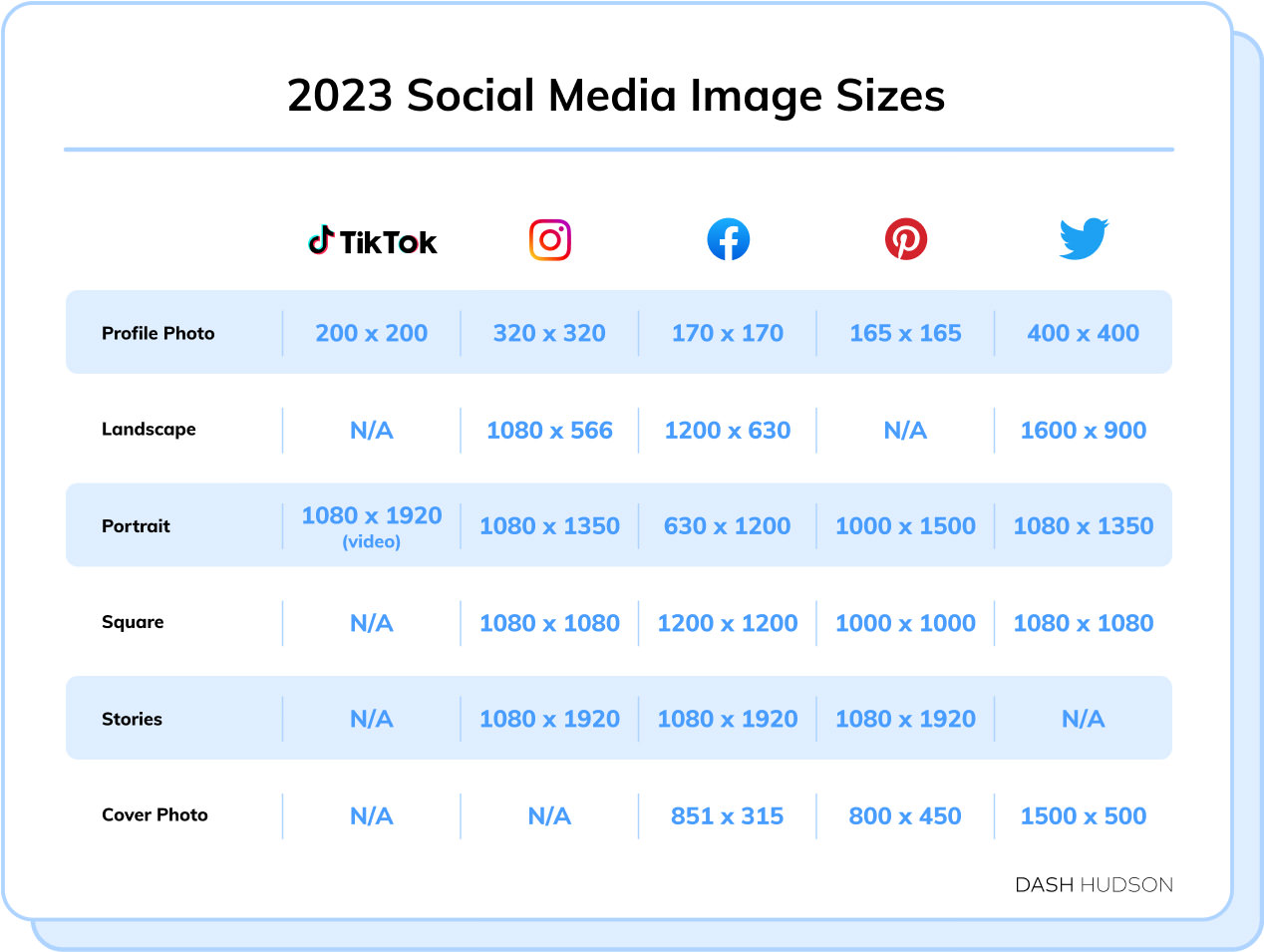
Visuals are an indispensable part of the Twitter experience, and understanding the recommended picture sizes is crucial for optimizing your online presence. By following the guidelines outlined in this guide, you can ensure that your visual content looks its best and performs optimally on Twitter. Remember to stay updated with Twitter’s evolving features and leverage the power of visuals to engage and captivate your audience.
Can I use larger image sizes than recommended on Twitter?
+Yes, you can use larger image sizes, but it’s important to consider file size and loading times. Twitter may resize larger images to optimize performance, so it’s best to aim for the recommended sizes to ensure your visuals load quickly and look their best.
What happens if I use an image with a different aspect ratio than recommended for tweet images?
+Twitter will automatically crop images to fit the recommended aspect ratio. However, this may result in important visual elements being cut off. To avoid this, ensure your key visuals are within the center of the image, and consider using the suggested aspect ratio for optimal results.
How can I ensure my header photo looks good on both desktop and mobile devices?
+Design your header photo with a flexible layout that adapts to different screen sizes. Place important visual elements in the center to avoid cropping issues. You can also create two versions of your header photo, one optimized for desktop and another for mobile, to ensure the best possible visual experience for your audience.
Are there any best practices for creating engaging tweet images?
+Yes, there are several best practices for creating engaging tweet images. First, ensure your image is relevant to the content of your tweet. Use high-quality, visually appealing images that capture attention. Consider adding text overlays or call-to-action buttons to guide users’ attention and encourage engagement. Finally, analyze the performance of your tweet images using Twitter’s analytics to understand what works best for your audience.
